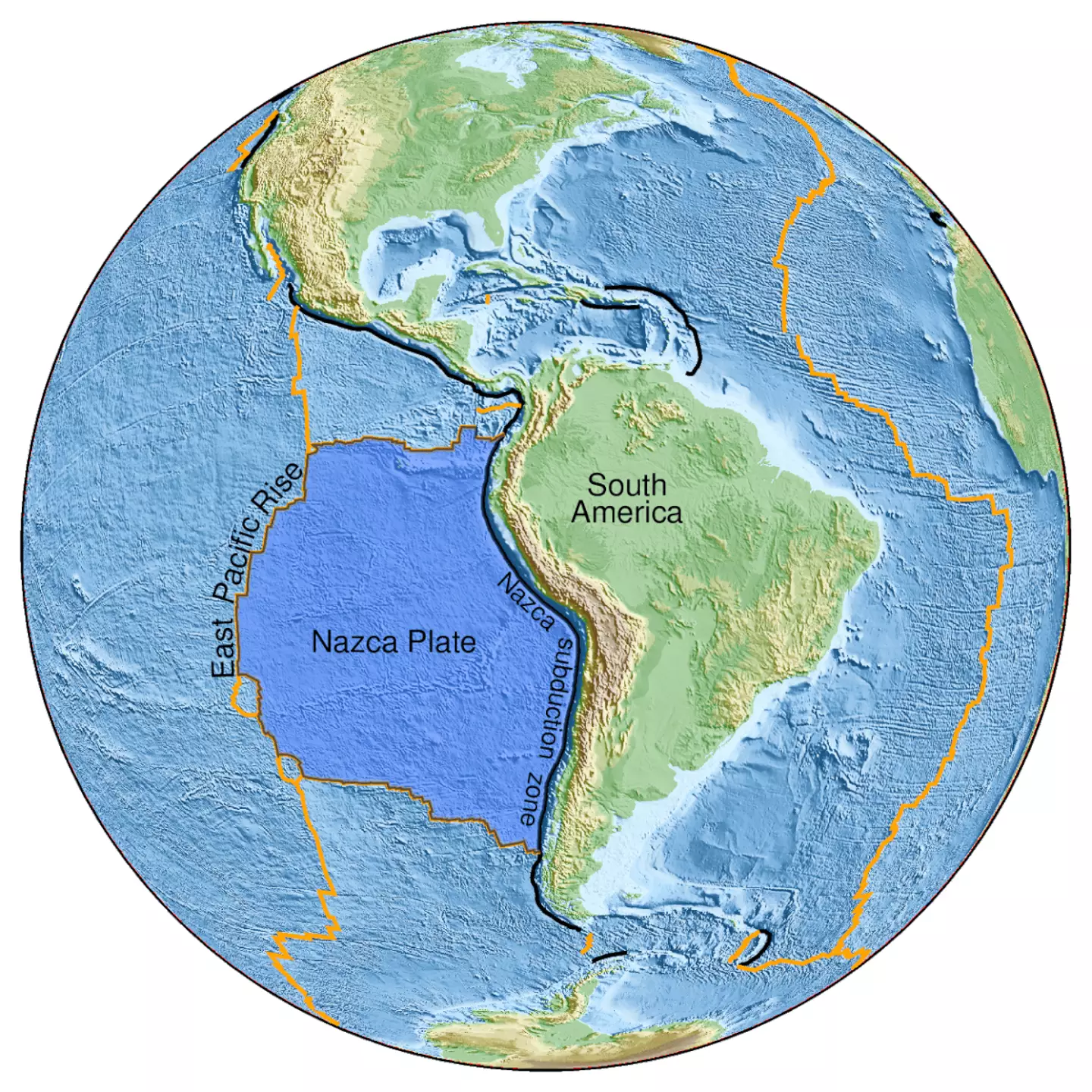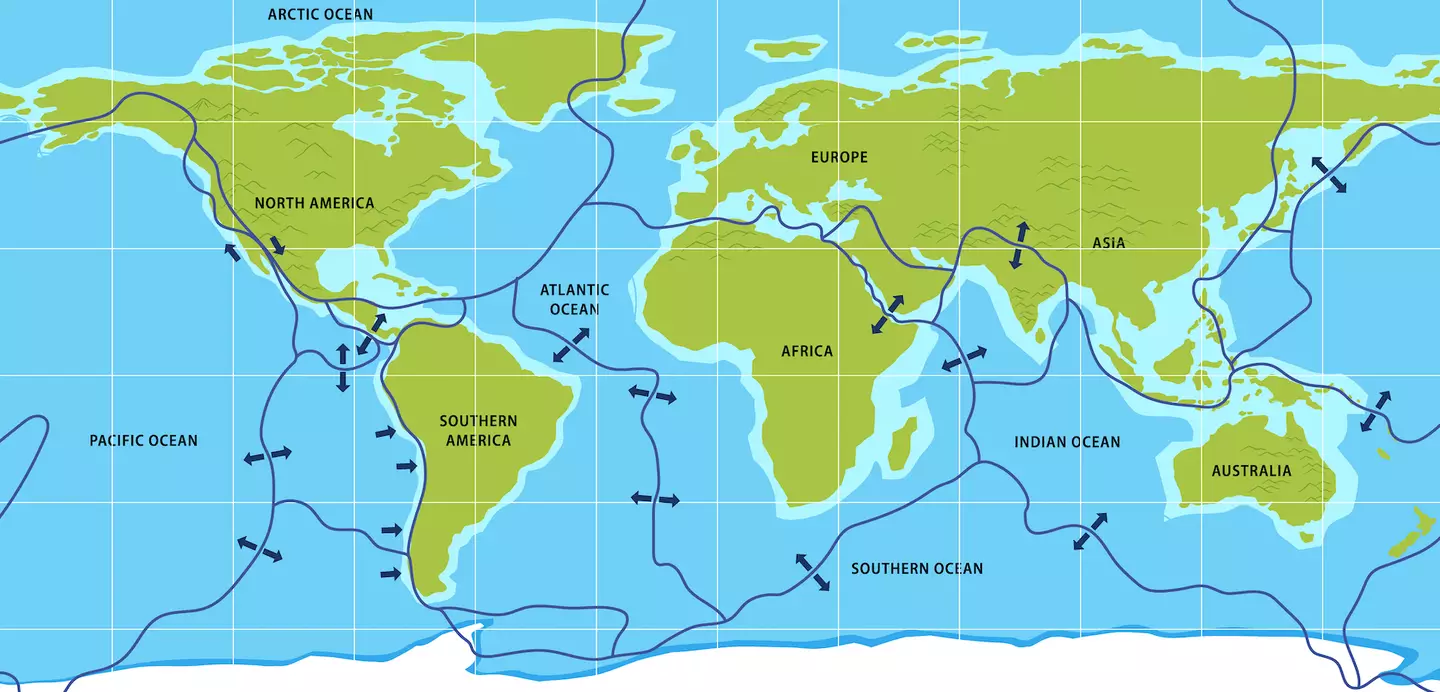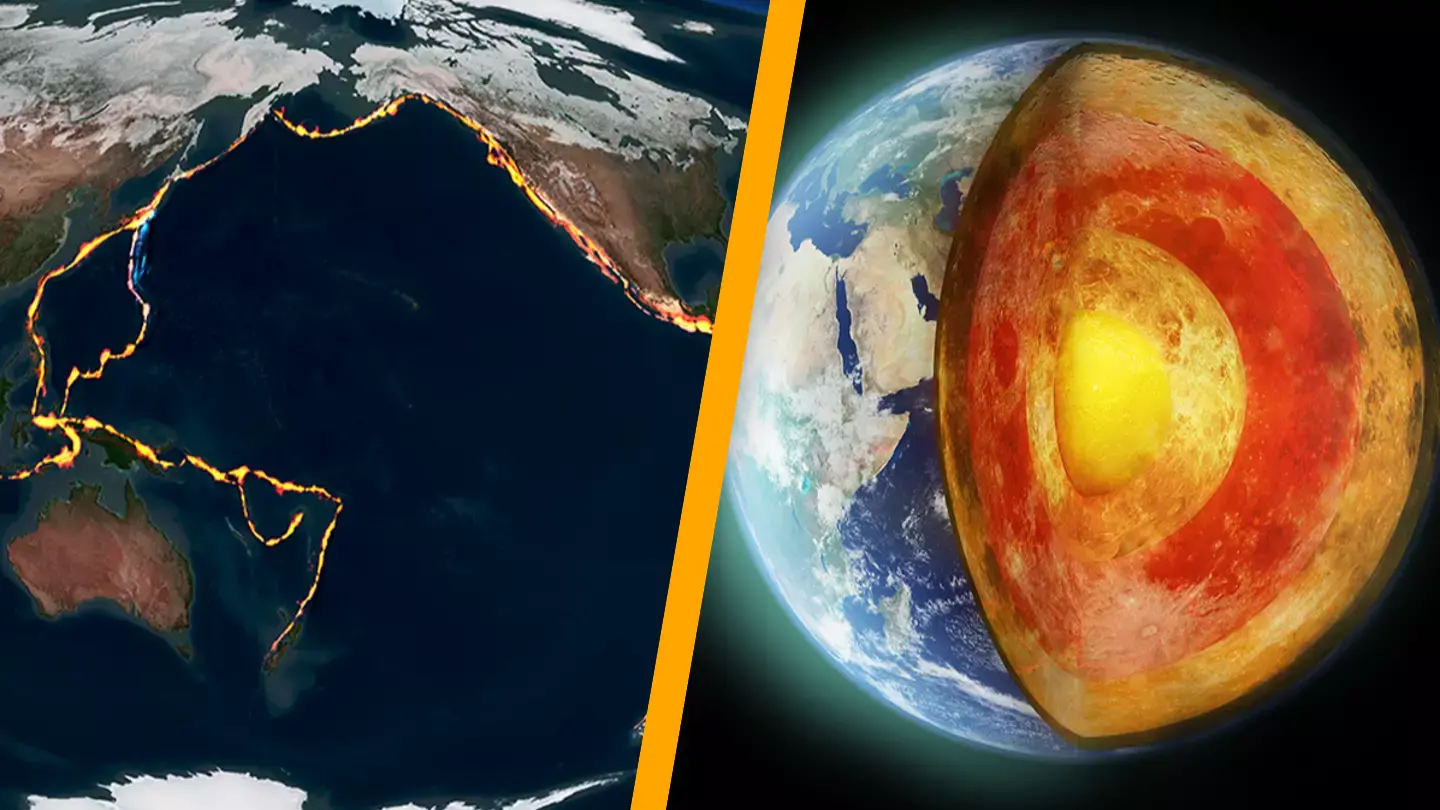A university researcher has uncovered a breakthrough about Earth’s tectonic plates that could transform our understanding of the planet.
A team of scientists has presented what they believe to be proof of a submerged collision that occurred over 100 million years ago beneath the Pacific Ocean.
This finding is particularly intriguing, as the team identified remnants of an ancient seafloor, likely a segment of a tectonic plate that detached and descended into the Earth millions of years ago.
“Our discovery opens up new questions about how the deep Earth influences what we see on the surface across vast distances and timescales,” stated lead author and geology postdoctoral researcher Jingchuan Wang of the University of Maryland.
Wang elaborated: “This thickened area is like a fossilized fingerprint of an ancient piece of seafloor that subducted into the Earth approximately 250 million years ago.”

The researchers uncovered a section 12 miles thick and 1,200 miles long in the ‘mantle transition zone’, a layer dividing the upper and lower mantles.
While the details may be complex, Wang assures that this discovery necessitates a reevaluation of what scientists understand about the mantle transition zone.
He pointed out that the thickness of the region indicates colder material, suggesting that some oceanic slabs might become lodged midway as they subduct through the mantle.
Wang clarified: “We found that in this region, the material was sinking at about half the speed we expected, which suggests that the mantle transition zone can act like a barrier and slow down the movement of material through the Earth.”

Wang is not finished yet and believes more ancient formations are lying undiscovered in the ocean’s depths.
He said: “This is just the beginning.
“We believe that there are many more ancient structures waiting to be discovered in Earth’s deep interior. Each one has the potential to reveal many new insights about our planet’s complex past—and even lead to a better understanding of other planets beyond ours.”
Why is this important? By enhancing our comprehension and models of plate tectonics and mantle dynamics, scientists can better grasp phenomena ranging from the formation of mineral deposits to long-term climate change.

